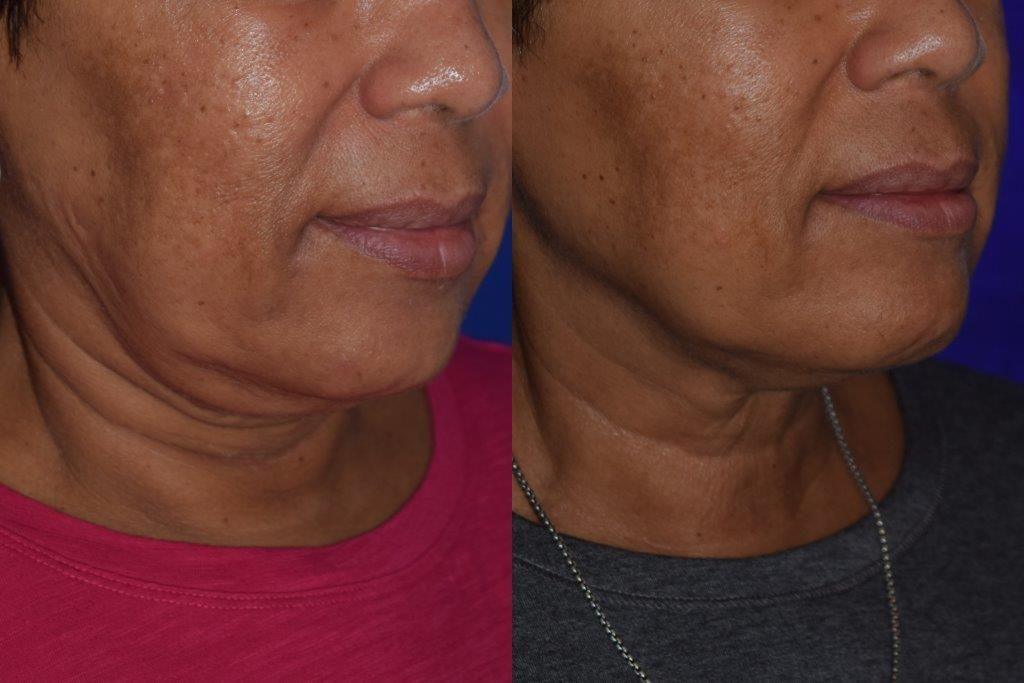
You might be tempted to travel abroad if you're considering getting BBL. You may have seen a great deal advertised on social media, but what is the truth? These surgeons cannot provide vital post-operative care. Before you proceed with these types of surgical procedures, make sure to consider all the possible risks. We will be discussing the risks and rewards of buttock fat augmentation.
Fat augmentation of the buttocks
Buttock augmentation with fat is a minimally invasive procedure. The most complex part of this procedure is fat harvesting. Although you may experience some swelling and bruising following the procedure, these will fade over time. The initial results you see will not be permanent. However, they will become more evident six months later. Before deciding to have buttock augmentation, a patient needs to be fully informed about the risks and benefits.

It can improve the appearance of cellulite
Although medical treatments may be able to reduce the appearance of cellulite and prevent it from returning, they are not guaranteed to cure it. You can reduce the appearance cellulite by using natural remedies. These techniques can be used to reduce the appearance of cellulite. They are also very inexpensive. These methods can be used to improve the appearance of your skin without the need for surgery. Learn more about the treatments available and which one suits you best.
It comes with certain risks
BBL, although a very popular cosmetic procedure is still associated with certain risks. The most common of these risks is the formation of a haematoma, or a collection of blood beneath the skin. Other risks include infection, allergic reaction, or excessive bleeding. Fat embolism, where a mass of fat blocks blood vessels, can lead to serious complications and even death. Highly skilled BBL practitioners with a thorough understanding of human anatomy should perform fat injections into muscle.
It's an elective, cosmetic procedure
BBL poses a high risk of death. This is why it is frequently performed abroad. This procedure involves injecting fat into the buttocks. It has become incredibly popular in recent years, thanks to celebrity trends and social media imagery. Many Britons now travel overseas for BBL treatment. The procedure comes with risks. The risk of pulmonary embolism is high when fat or filler used during the procedure can reach the major blood vessels. British Association of Aesthetic Plastic Surgery(BAAPS) recommends that BBL surgeries be stopped until further research is completed.
A BMI of 23-28 is required.
Patients who meet this criteria are generally considered ideal candidates for BBL. A patient should be between 23 to 28 years old. Patients with a lower BMI than that will need weight loss. BMI is an important indicator of the best candidate but it is not all that is needed. A patient's overall anatomy and body type play a big role in determining how much fat can be successfully transferred during BBL. A person with a very muscular body may have a higher risk of developing a high BMI than someone with a similar level of body fat. A BMI of 23 to 28 is not a requirement for BBL. A skilled cosmetic surgeon can assess whether fat can safely be transferred.

It can be achieved with laser treatment
Laser treatment of the BBB may be used to open the blood-brain border. This allows scientists to manipulate BBB permeability, and improve therapeutic efficacy through targeting specific proteins. These proteins play important roles in regulating the BBB's integrity. Many studies have shown that nanoparticles are capable of opening the BBB. A recent study showed that mice treated with lasers had less EB excess than those who were not. Laser treatment can also affect the location of BBB-opening.